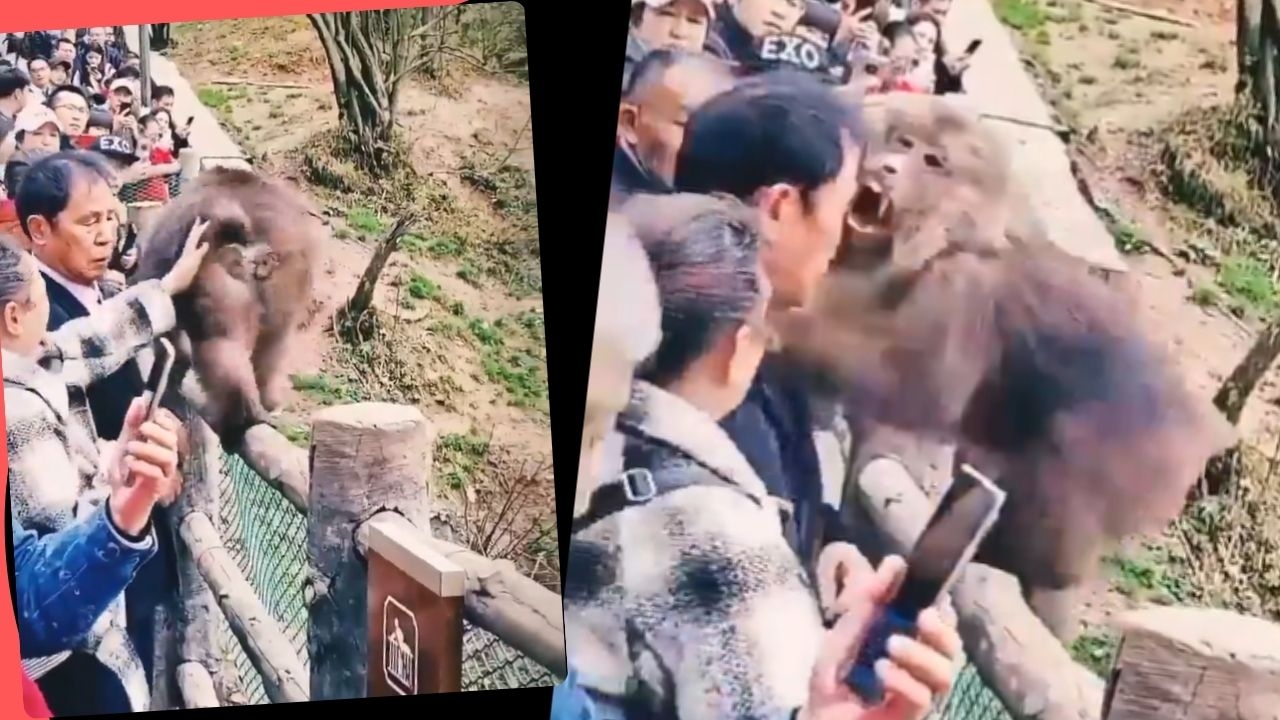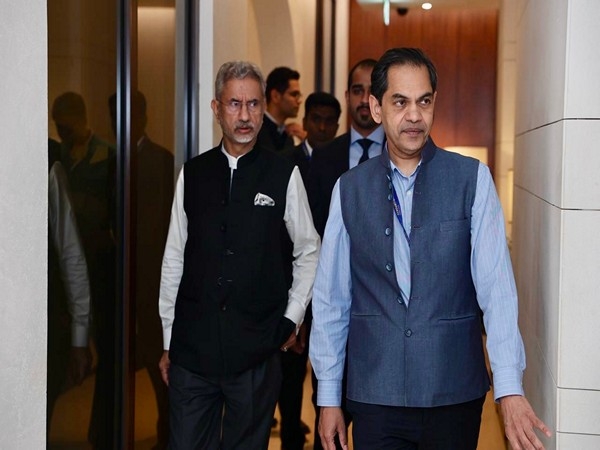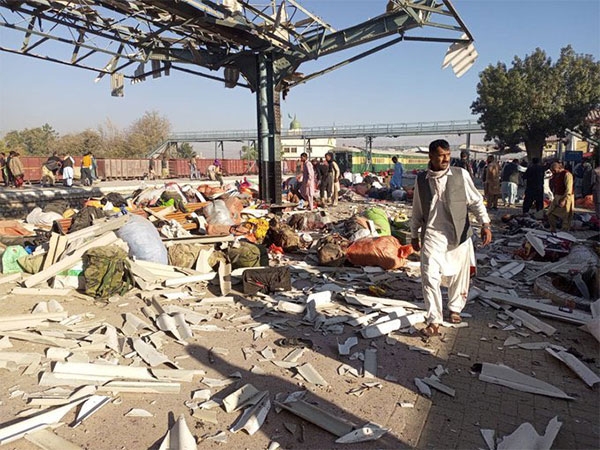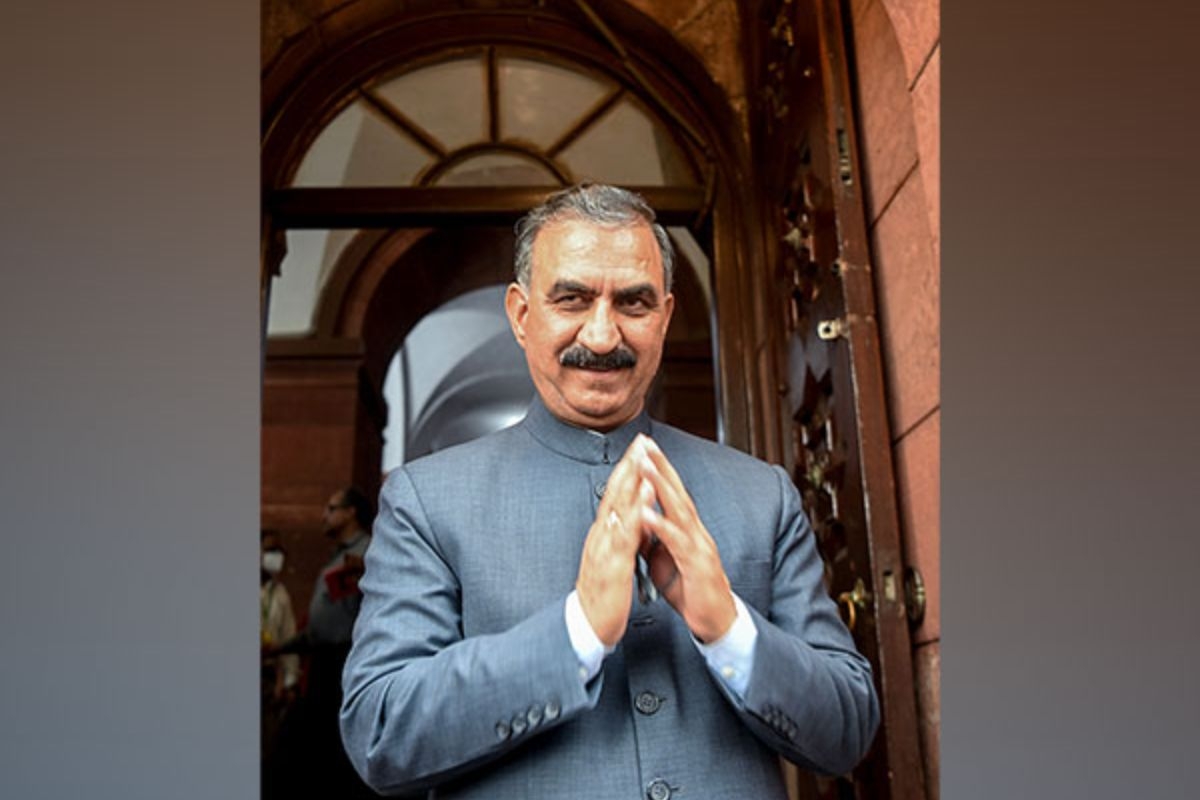Why the Home Minister is shielding Intelligence officer Rajinder Kumar. The Ishrat Jahan case explained.

If the Ministry of Home Affairs had allowed the CBI to prosecute Rajinder Kumar - the now retired special director of the Intelligence Bureau (IB) - for his role in the infamous Ishrat Jahan false encounter case, it would have been a milestone moment for creating some accountability and transparency in an agency that has almost no oversight mechanism.
But while the UPA government had delayed and hedged its bets for two years, on Monday, the Home Ministry under Rajnath Singh predictably brought the CBI's probe to an end by categorically turning down its request to prosecute four Intelligence Bureau (IB) officials, including Kumar.
Here is an explainer on one of the most talked-about cases in India and why the prosecution of Rajinder Kumar would have been a significant move.
Ishrat Jahan Raza was a 19-year-old girl from Mumbra, Thane, 45 km from Mumbai. She'd lost her father two years before her death, and used to embroider clothes and provide tuition classes to support her family of eight - including her mother and six brothers and sisters.
At the time of the encounter, she was enrolled as a second year B.Sc student at Mumbai's Guru Nanak Khalsa College.
On 15 June 2004, four days after she'd left her home in Mumbra for work, officers of the Gujarat Police claimed to have killed Ishrat Jahan along with three men - Pranesh Pillai (alias Javed Gulam Sheikh), Amjad Ali Rana and Zeeshan Johar - in an encounter.
Based on supposed state intelligence inputs, the police claimed that the four people were operatives of a banned Pakistan-based terrorist outfit - Lashkar-e-Taiba. The 'motive' of the slain 'terrorists' the police claimed was to kill the then Gujarat Chief Minister - Narendra Modi.
There were many glaring anomalies in the police's claim. Human rights organisations alleged the shootout was staged and carried out a relentless campaign seeking justice for Ishrat Jahan and three others. Several inquiries were ordered.
In September 2009, a magisterial inquiry conducted by Ahmedabad metropolitan magistrate SP Tamang found the encounter to be fake. He recommended lodging FIRs against 22 cops.
In November 2011, an SIT constituted by the Gujarat High Court confirmed Tamang's finding, based on which the High Court ordered fresh FIRs against the involved officers.
The SIT also raised suspicions against the IB, and recommended a CBI inquiry against it.
The CBI launched a full-scale investigation and made several high-profile arrests.
In the charge-sheet it filed before a special court, the CBI accused the Gujarat Police of abduction, illegal custody of the four victims, followed by their murder in the fake encounter.
The investigating agency found that the weapons - assault rifles found on the dead bodies of the four people - were planted by Gujarat police officials.
Based on its investigations, it arrested several high-ranking policemen including GL Singhal, DG Vanzara, and declared PP Pandey to be an absconder.
Singhal was the then-Superintendent of Police of Gujarat's Anti Terrorist Squad. Vanzara was the then-Deputy Inspector General of Gujarat Police, and was already in custody for another fake encounter case, that of Sohrabuddin Sheikh.
Then, most significantly, and for the first-time ever, CBI sought to prosecute an IB official - Rajinder Kumar - for murder.
However, the request to book Kumar has been a sticking point for both the agencies. Neither has CBI relented on its demand to prosecute and arrest Kumar, nor has the IB yielded to this request.
Kumar was a 1979 batch IPS officer who was posted as a joint director in Gujarat's Intelligence Bureau at the time of the incident.
The accusation is that he deliberately conspired to generate false intelligence inputs to frame the four victims as terrorists out to assassinate Modi. This was part of several fake encounters in that period where Muslim victims, including a boy called Sadiq Jamal, were deemed to have been falsely framed as potential assassins of the 'Hindu Hriday Samrat', the sobriquet Modi was then known by.
The CBI has claimed that PP Pandey had conspired with his deputy Vanzara and IB officer Kumar to kill the four people. One of the cops, GL Singhal, who is also accused as a co-conspirator, reportedly also recorded a conversation with other officers, discussing ways to cover up the crime.
Almost all the accused in the case have been released on bail. IPS officers Vanzara and Pandey were granted bail in February this year. NK Amin, another accused, was reinstated as Deputy Superintendent of Police (DSP) in the state crime records bureau (SCRB) at Gandhinagar early this month. And the Home Ministry has turned down the CBI request to prosecute Rajinder Kumar.
Ishrat Jahan's family is now reportedly planning to legally challenge the Union Home Ministry's decision not to prosecute four IB officials in the alleged encounter case.


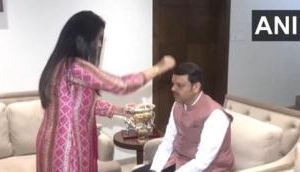

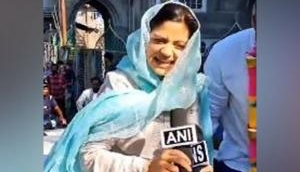
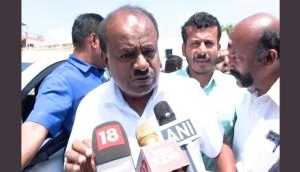
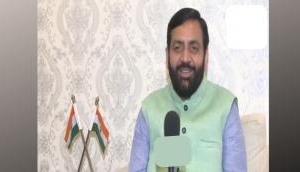
![BJP's Kapil Mishra recreates Shankar Mahadevan’s ‘Breathless’ song to highlight Delhi pollution [WATCH] BJP's Kapil Mishra recreates Shankar Mahadevan’s ‘Breathless’ song to highlight Delhi pollution [WATCH]](https://images.catchnews.com/upload/2022/11/03/kapil-mishra_240884_300x172.png)

![Anupam Kher shares pictures of his toned body on 67th birthday [MUST SEE] Anupam Kher shares pictures of his toned body on 67th birthday [MUST SEE]](https://images.catchnews.com/upload/2022/03/07/Anupam_kher_231145_300x172.jpg)


